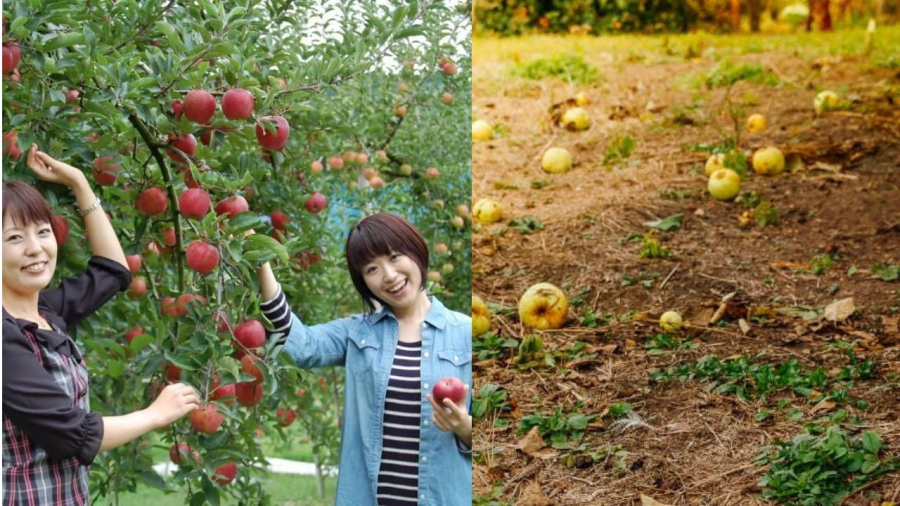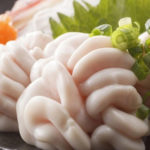In Vietnam, home-grown fruits and vegetables are considered delicious, clean, and precious gifts. Gifting produce from one’s own garden is highly valued. However, when it comes to Japan, many sources depict a contrasting scenario. While Japanese people enjoy cultivating trees and plants in their gardens, they often refrain from harvesting them for consumption.
The fruits are left to ripen and fall off the trees, serving more as ornamental plants. Why do the Japanese refrain from consuming their own produce and prefer purchasing them instead?
The Japanese are renowned for their meticulous standards when it comes to food consumption. They prioritize consuming products that have undergone safety inspections and carry relevant certifications.
Japan has endured profound tragedies, including the atomic bombings of Hiroshima and Nagasaki during World War II, which devastated both cities. In 2011, the country faced a double disaster: the strongest earthquake in its history and a nuclear accident at the Fukushima nuclear power plant, impacting the entire nation immensely.

Fallen fruits untouched
These traumatic events may have instilled a fear of radioactive contamination in the soil, potentially affecting the quality of agricultural produce. Radioactive contamination poses severe health risks and can impact future generations. As a result, in areas where residents feel uncertain about soil safety, plants are grown purely for aesthetic purposes, providing shade and greenery.
Additionally, Japan has regulations that impose higher taxes on residential properties with large vacant land areas. This encourages families to cultivate plants to “green” their spaces.
While homegrown produce is generally perceived as cleaner, improper care or exposure to environmental toxins can render it unsafe. The Japanese are known for their meticulous nature, and they prefer consuming products that have undergone rigorous safety inspections. Self-grown produce lacks this external validation, creating a sense of uncertainty about its safety. Fruit inspection processes in Japan are intricate and demanding, further reinforcing the preference for certified store-bought produce.
This cultural nuance also explains why the Japanese are hesitant to offer self-grown fruits and vegetables to others. Accepting such gifts may be considered an inconvenience, and there is a concern that the produce might be unsafe for consumption, potentially causing unintended harm. Some Vietnamese residents in Japan have shared anecdotes about being offered fruits and plants by their Japanese neighbors, only to find those plants cut down the very next day.
Why do Japanese people prefer sleeping on the floor instead of on a bed?
In Japan, there are also beds available at reasonable prices, so why do the Japanese choose to sleep on the floor? Here are four reasons.
The Art of Origami Paper Folding
Origami is a captivating art form that originates from Japan, with a rich history dating back centuries. It involves the intricate process of folding paper to create exquisite designs and shapes. This ancient craft, known as “Origami” in Japanese, has captivated people worldwide with its unique ability to transform a simple sheet of paper into a work of art. The very name, derived from “ori” meaning folding and “kami” meaning paper, hints at the delicate precision and creativity inherent in this traditional art form.






































